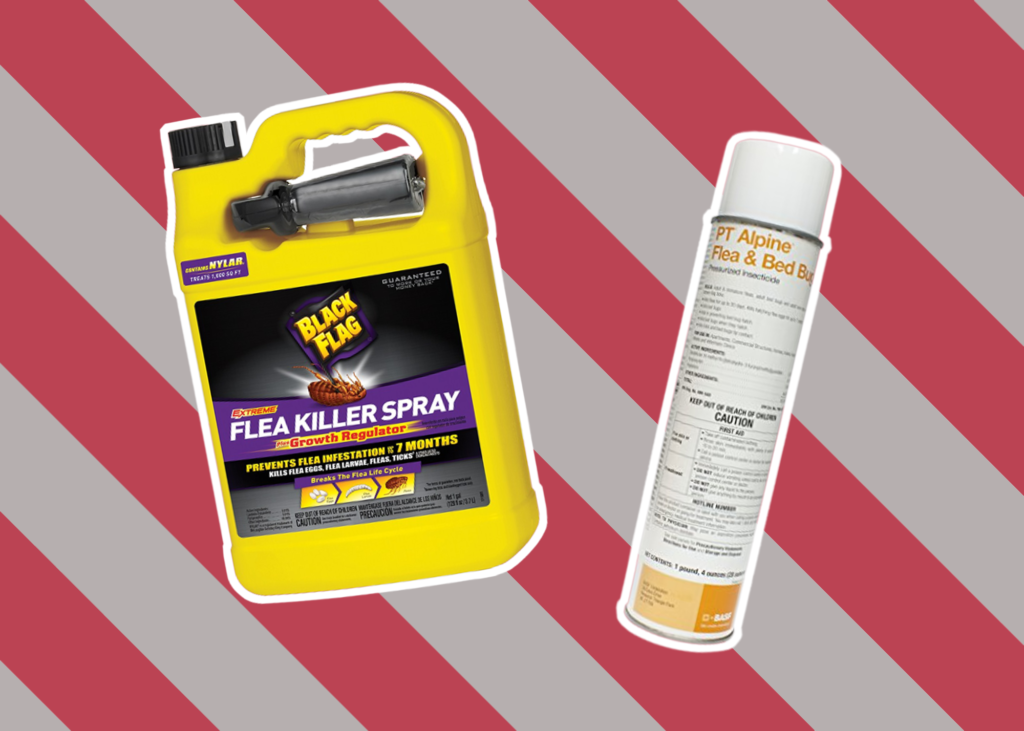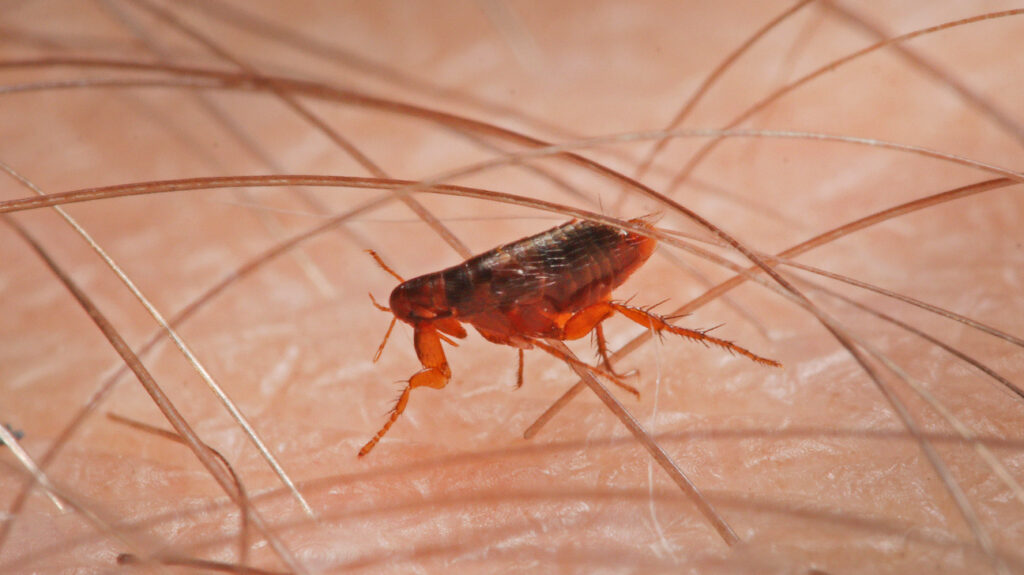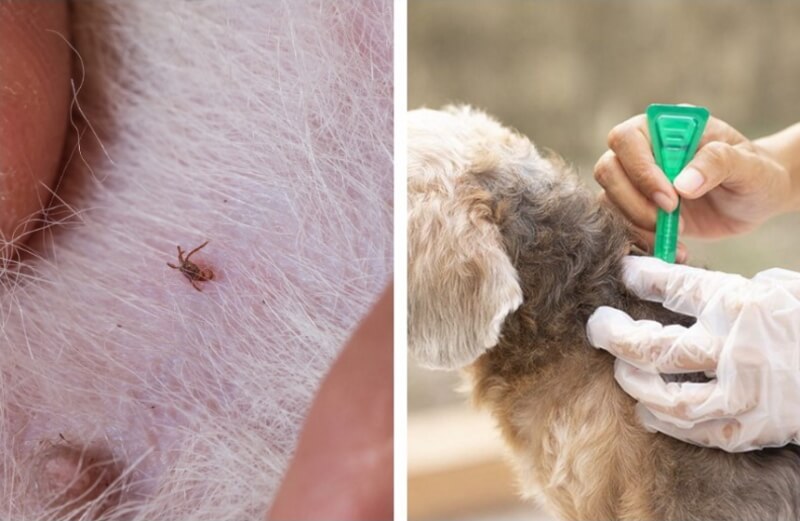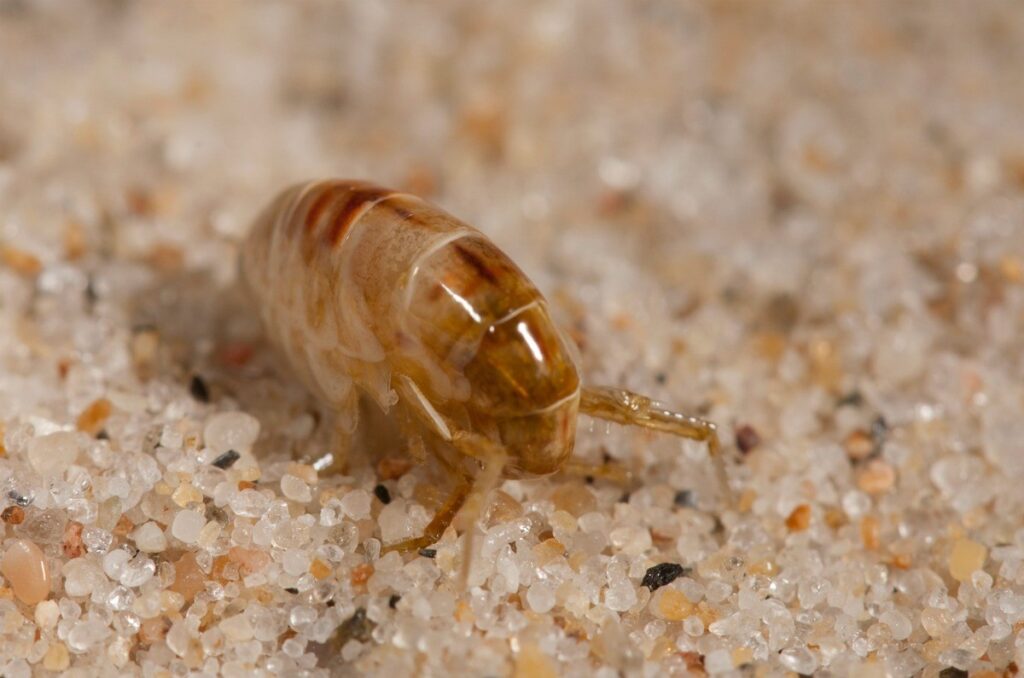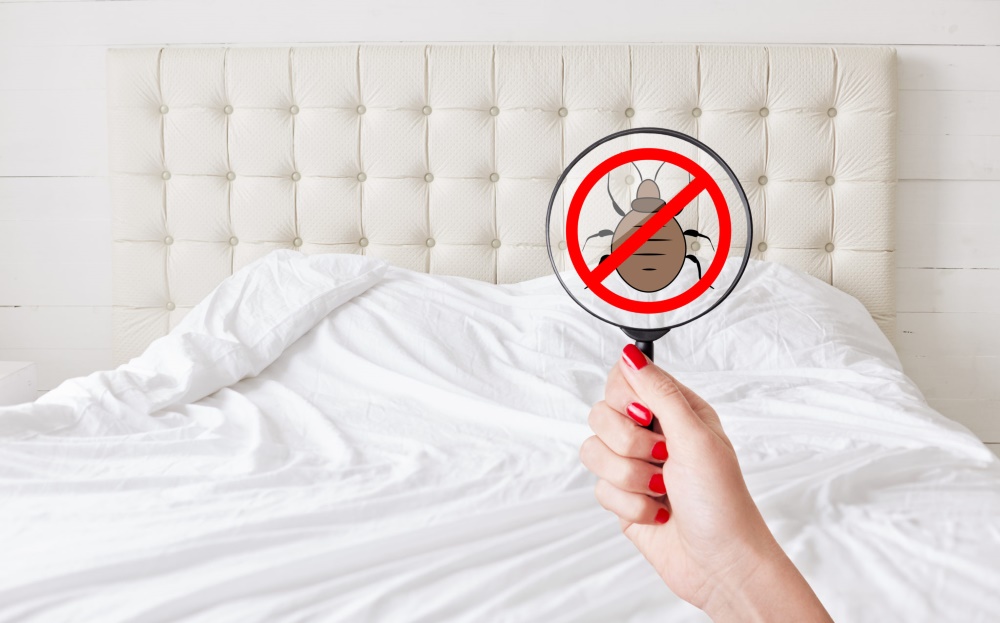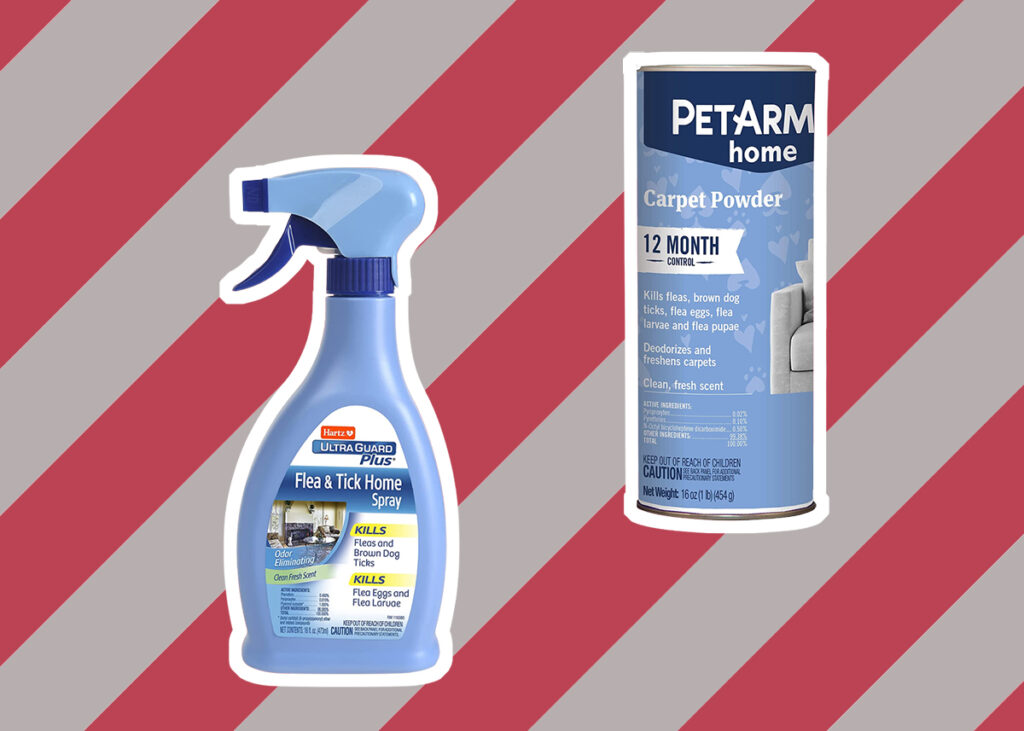

If you want to prevent a flea infestation in your home or protect your pets from fleas, you can use flea repellents. Vinegar is a natural, environmentally friendly, and affordable homemade flea repellent. If you aren’t keen on using pesticides, or flea sprays, vinegar can help. In this article, we discuss how to get rid of fleas naturally with vinegar.
Vinegar has a strong acidic taste and smell. Fleas hate the smell and taste and therefore avoid vinegar. By applying the mixture to your pets, clothes, and bedding, you can repel fleas. A gallon of Bragg Organic apple cider vinegar (ACV) will last you a month and help you spray your home and pets frequently.
Once the fleas avoid your carpet, floors, bedding, and furniture, and are therefore easier to spot, vacuum, and clean out. You can also use Micnaron Sticky Dome flea capture trap with sticky pads to trap escaping fleas and larvae. The light and warmth from the lamps attract the fleas, which then get stuck on the gum. You can place the traps on the pet beds, sofas, carpet, and near pet food plates.
Making a vinegar spray is as easy as diluting vinegar with water. You can mix a 1:1 ratio in a spray bottle. Fill one half with vinegar, and add water to the other half. You can also prepare the solution in different ratios, such as 1:3, to reduce the intensity of the vinegar mixture and the smell in your home.
The video below shows how to make and apply vinegar spray to get rid of fleas and discusses its effectiveness.
Baking soda has an anti-inflammatory effect on pets. You can apply a baking soda and water paste directly on your pet’s skin to treat skin rashes, itching, redness, and inflammation. Baking soda also neutralizes the acid. Therefore, if you apply acid to your pet’s fur, and it hurts them, apply baking soda to neutralize the effect and lower the skin’s pH.
To provide relief for a flea-infested pet, use apple cider vinegar (ACV) daily and comb through the pet’s fur. When the ACV dries, it also repeals pests. Your dog or cat can walk outside without the risk of collecting fleas from other pets, an infested yard, or wild animals.
While many people claim that ACV kills fleas, it does not. It only repels them. High heat and insecticides are best suited to eradicate fleas at different stages of their lifecycle. ACV only works during the adult stage and is therefore unsuitable for removing eggs.
It’s best to use ACV after killing fleas. To kill fleas and sterilize your home, use strong treatments, steam cleaning, and intense vacuuming.
Below are specific steps to take.
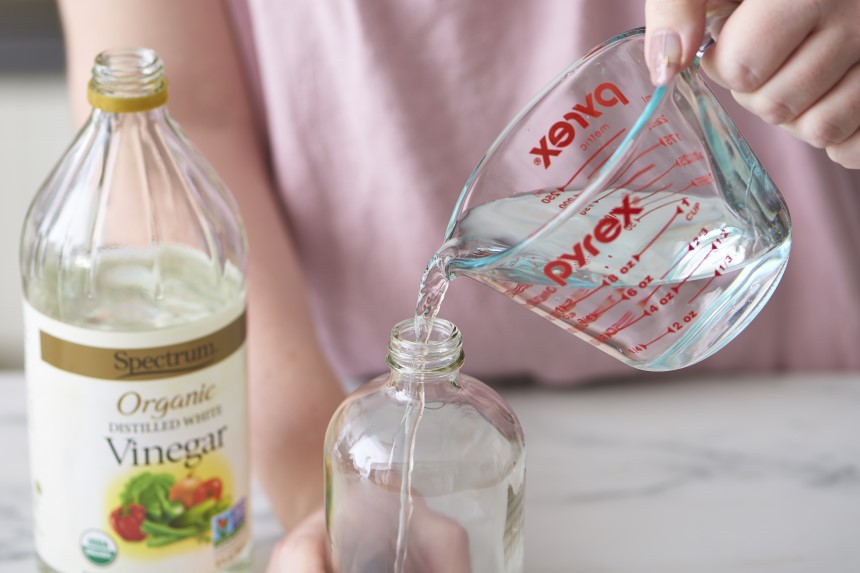
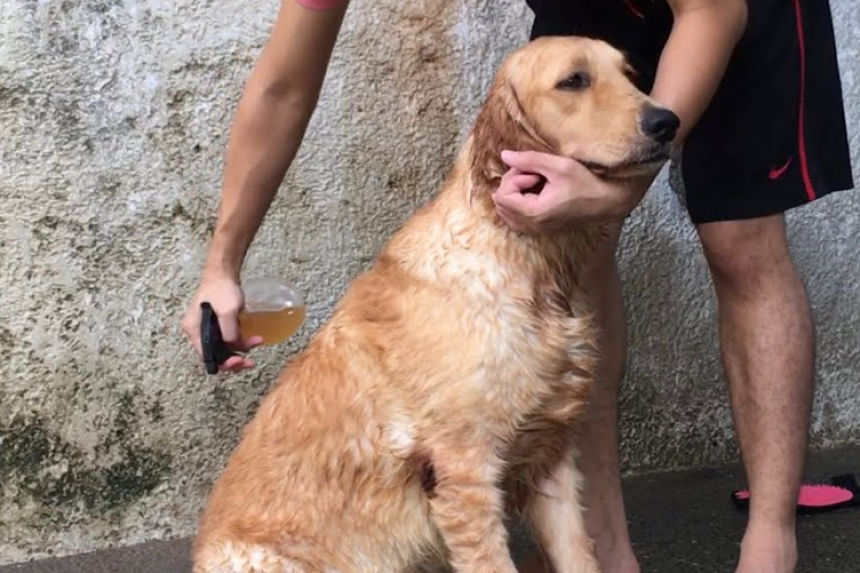
Repeat the application every couple of days and comb your pet’s hair frequently to remove fleas.
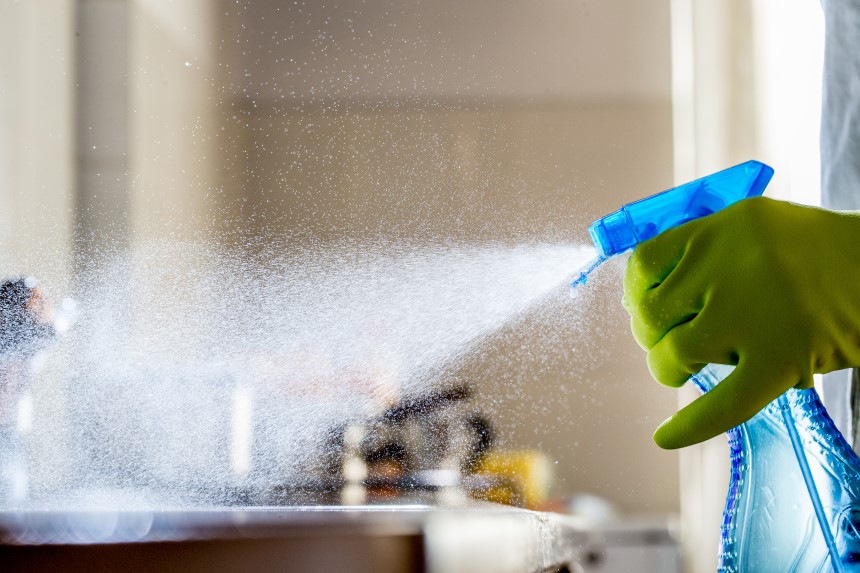
Vinegar is safe to use on pets. The pungent taste and acidic taste repel fleas. To remove fleas on your pet, use a water and flea spray on the pet. The vinegar helps alleviate the discomfort that comes with flea bites.
You can mix equal parts of vinegar and water (1:1), or one cup of vinegar and three parts water (1:3). The first formula creates a stronger mixture, but your pet might not appreciate the smell. Fortunately, once the vinegar dries, the strong scent fades.
Alternatively, you can rub the mixture in. Use a soft cloth or a cotton swab, dip it in the mixture, and work it into your pet’s fur. Dogs may appreciate the spray and wash, but cats prefer the rub-in method. However, it’s best to see which technique works best for your pet.
Be sure to also inspect your pet for any wounds, sores, and cuts. Your pet will associate the vinegar with pain and punishment and therefore avoid the treatment further. Don’t spray on open wounds and the eyes.
Generally, pets may consume vinegar in minimal amounts. You can add a tablespoon to the pet’s water bowl. ACV, for instance, improves the pet’s gut biome. However, if you notice that your pet is intolerant to vinegar, stop feeding it to them. If you notice vomiting, diarrhea, and loss of appetite, avoid using vinegar in your pet’s food.
While vinegar is an excellent flea repellent for pets, it doesn’t kill fleas or larvae. As such, it’s crucial to consider a stronger treatment or method to kill or eradicate eggs. Consult with your veterinarian to find the best treatment for your pet.
If you’re wondering how to get rid of fleas naturally with vinegar, simply dilute it with water. You can spray or apply vinegar on your carpet, floors, upholstery, bedding, and pets. However, be careful not to hurt your pet, and discontinue ingestion if your pet has adverse effects. More importantly, consult a veterinarian to find the best treatment to stop flea infestations.
